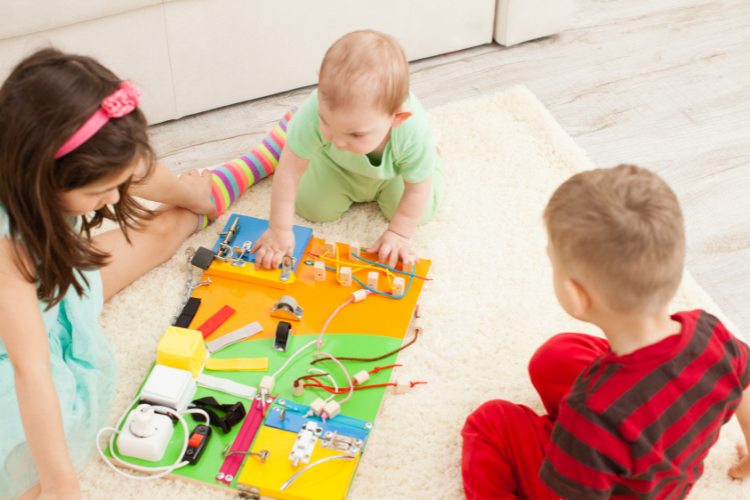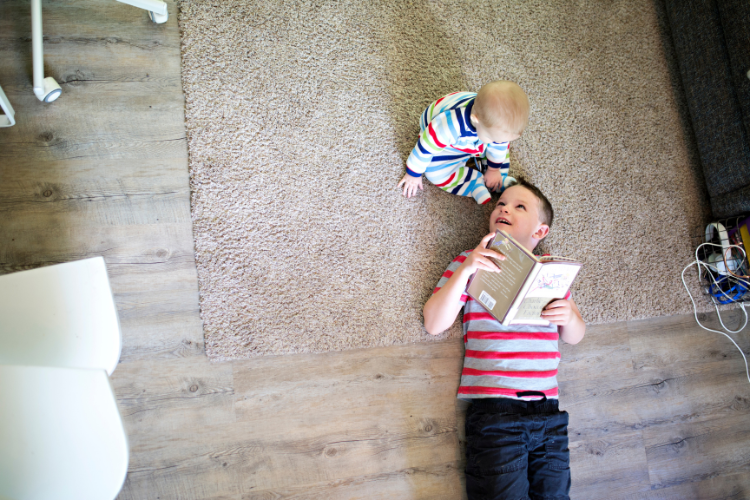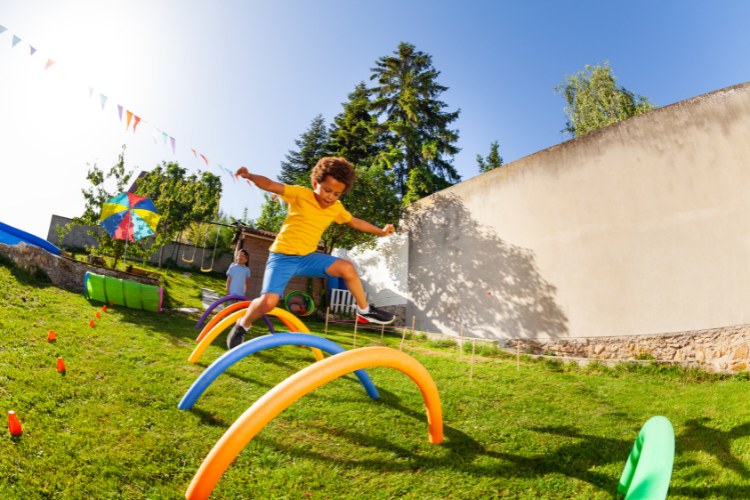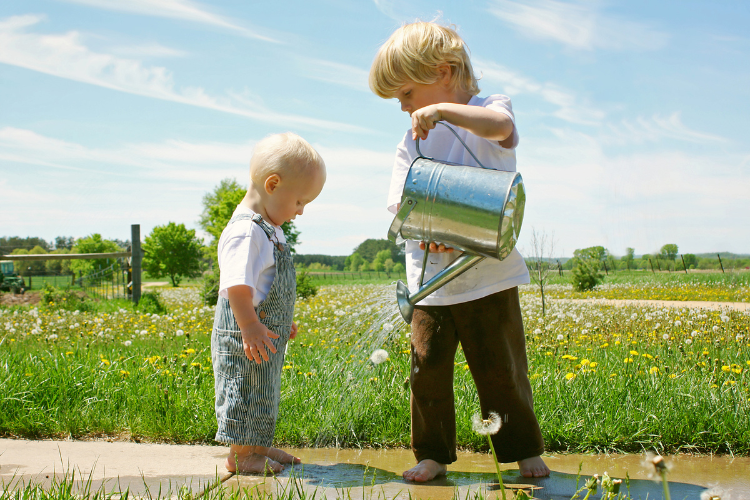7 Tips on Entertaining Kids With a Large Age Gap
Finding games and activities that little and big kids enjoy together can be challenging. But with some creativity, you can find ways to keep them busy, entertained, and bonding with each other for hours. Here are seven tips on encouraging playtime between kids with large age gaps.

1. Consider Their Abilities and Interests
The attention spans, ability levels, and interests of kids at varying ages will differ. However, the key is to think creatively and find ways to accommodate each child. For example, one might not be able to read yet, so you can get the older kid to read a picture book to their sibling.
Alternatively, one child might like cars, and the other might like dolls, but they both like artistic activities like coloring and painting. You could get them to paint together on an old bedsheet with washable paints. This is an activity they’ll likely want to repeat, so you can give them different painting tools like spray bottles, paintbrushes, or squirt bottles.

2. Start Small
It will take some practice for them to get used to playing with each other. Let go of any expectations that they will click immediately and play for hours without squabbling. Start with short games and activities.
If they manage five to ten minutes the first time, it’s still a win! They’ll learn how to communicate and resolve conflicts as they spend more time playing together. The younger child will learn new skills and how to ask for help, and the big kid will learn how to help and be patient.

3. Tweak Games to Suit Different Age Levels
For competitive games where each child has to take turns, consider changing or adding a rule to make it fair for both kids. For example, if you’re playing a matching game, remove the rule that when someone finds a match, they get another turn.
This allows the smaller child to find more matches without the pressure of winning or losing. Find a matching game with a theme both kids are interested in, or make your own and let your kids choose the images.

4. Divide Their Time Between Home and Caregivers
It might help to find a safe and reliable daycare center or alternative caregiver for a few days during the week. It gives you a chance to rest and gives them a different environment to play and learn. Set up playdates with grandparents or other family members that both siblings can engage with in their own ways. Look for a daycare with teachers and caregivers who specialize in various ages and provide a stimulating environment for both siblings. Some of the benefits of daycare and babysitters include improving social and emotional development, socialization, and consistency.

5. Embrace Parallel Play
Your kids can bond and play together but have slightly different versions of an activity in front of them. For example, they can paint, draw, or fill in coloring sheets together. Their artworks will look different, and that’s the beauty of it.
You can tailor almost any craft to suit big and little kids. Here are three ideas for parallel play with crafts:
- Play-dough: Each kid can make whatever they want. If they’re struggling with ideas, you could give them cookie cutters or other utensils, but they’ll probably have their own ideas to make for hours.
- Beads: Get a beading kit for the bigger kids and jumbo beads for smaller kids. For children younger than six, you could get sensory beads. They’re small enough to thread but also big and textured enough to help them develop fine motor skills.
- Shrinky Dinks: Take it back to the 80s with this unique craft that lets you preserve your children’s art.

6. Bring Summer Camp Home
Summer camps are great because they allow kids to develop new skills and friendships in different environments. Your children learn a lot, including teamwork, problem-solving, and independence. They also get to meet a lot of other kids of different ages who could become their lifelong friends. If you have kids above seven, find a good summer camp to fill their days.
If you have younger kids that need special attention, you can enjoy camp activities at home. Choose a camp theme, and plan food and activities centered around that idea. Make an obstacle course or games with the same theme, and end the day with a slumber party in the living room. This allows your kids to bond over similar activities and experience a full day of fun.

7. Build a Fort and Watch Movies
One of the best ways to keep your children entertained for at least two hours is to put on a movie. Kids’ animation movies are generally perfect for all ages, and there are various types to choose from.
Have each child pick a film and create a cinematic experience by making them snacks and slushies to enjoy while watching. You could also make it extra exciting and have them build a fort with lots of pillows instead of having them watch from the couch. Creating a fort together is a classic bonding experience for children of all ages.

Building Connections Between Kids With a Larger Age Gap
Helping children get along at such different ages can be a challenge. They each have unique needs for their age group that don’t often align. However, with these activities and games, your kids will have fun together and stay entertained.






